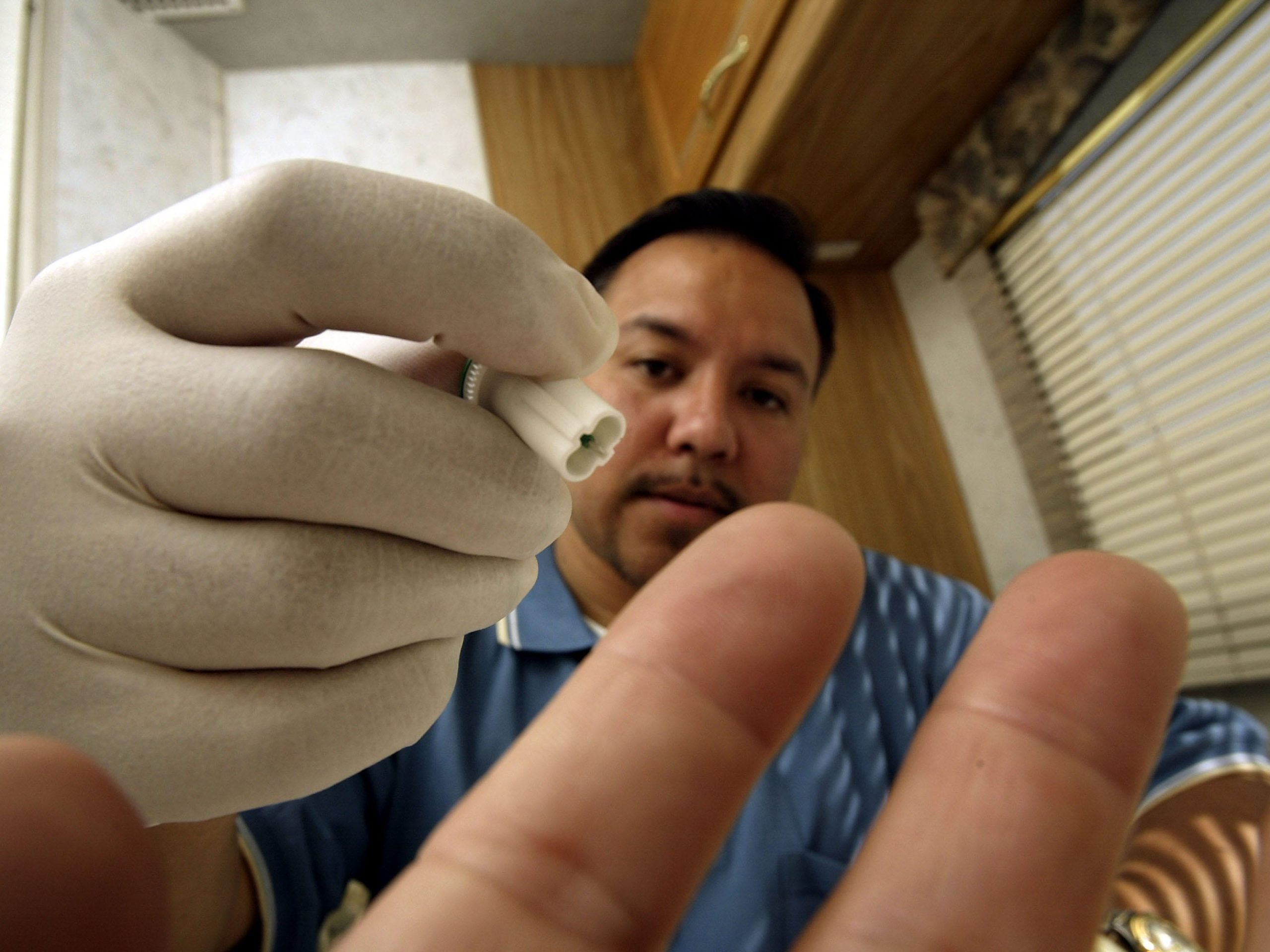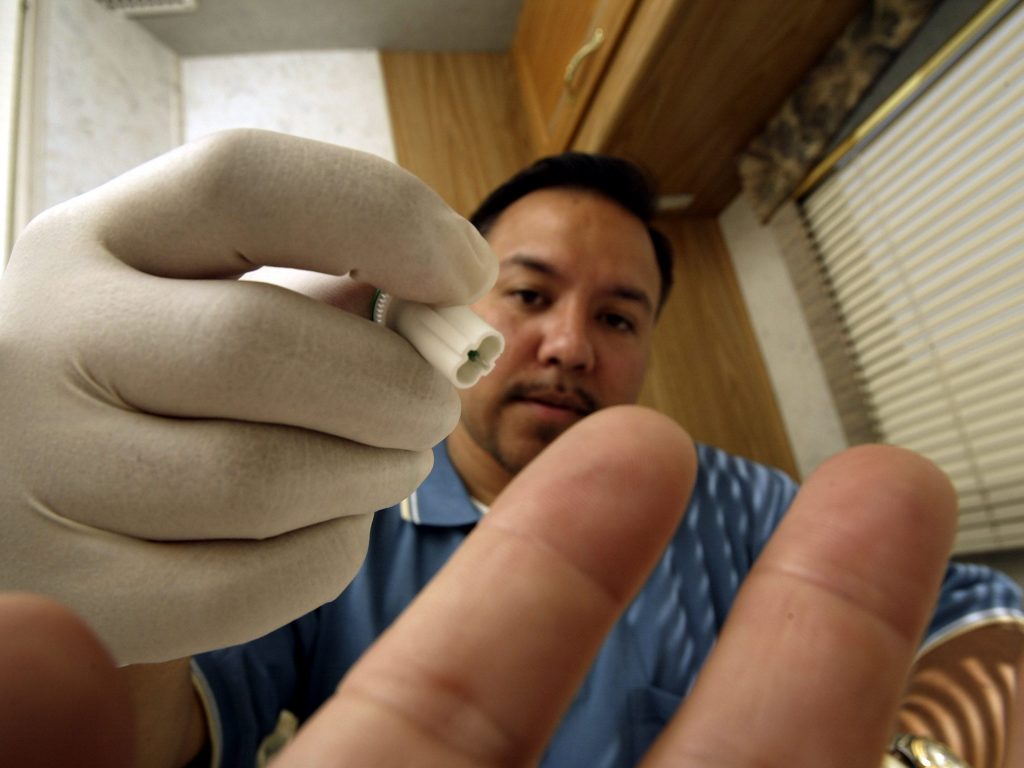
David McNew/Getty Images
- COVID-19 has made it harder to tackle the rising numbers of US sexually transmitted diseases, experts warn.
- People are now less inclined to use condoms, and testing isn't as readily available, one expert said.
- STD rates in the US were at an all-time-high for the sixth year in a row, the CDC said in April.
Top US public health experts have warned that the COVID-19 pandemic has hampered the country's efforts to tackle record numbers of sexually-transmitted infections (STIs).
David C. Harvey, executive director of the National Coalition of STD directors, a non-profit focused on sexual health, told the Guardian that rates of STIs "were at their highest number in American history." "That has continued through the pandemic up to the current time," he said.
Harvey said that during the pandemic there was "a massive interruption to our ability to test and treat in America and that exacerbated and made the problem worse," adding that the US hadn't kept up with "needed" public health program investments to educate Americans about the risk of STIs.
STIs don't always cause symptoms, especially in women, which means that detection relies on testing. If left untreated some STIs can cause infertility, cancer, and death. Each year 26 million new STIs occur in the US, costing nearly $16 billion, according to the Centers for Disease Control and Prevention (CDC).
The CDC said in April that sexually transmitted diseases STDs) in the US were at an all-time-high for the sixth year in a row in 2019. Preliminary 2020 data suggested "many of these concerning trends continued in 2020 when much of the country experienced major disruptions to STD testing and treatment services due to the COVID-19 pandemic," it said.
STI usually refers to the organism that causes infection through sexual contact, while STD refers to the disease that that organism causes.
On Thursday, the US Senate Appropriations Committee announced a $5 million federal funding increase "to fight sexually transmitted diseases," $100 million more for a CDC HIV initiative, and $20 million for STD clinics. The CDC launched its first national STI strategy in July, after a report it commissioned found US sexual health was "underfunded," "stigmatized," and "siloed".
Harvey said that without a "massive national effort" and increased funding, the US would continue to see an increase in the number of STIs, the Guardian reported.
Official US statistics showed that during the height of the pandemic the number of STIs fell, but officials fear that is likely due to a large number of cases going undetected. A lack of testing, combined with sexual health clinics forced to shut as staff were diverted to work for COVID-19 services, could have contributed to this. Infection numbers may also have declined, however, as people had less sex with new partners during lockdowns.
Ina Park, associate professor at the University of California at San Francisco School of Medicine, who is an STI researcher, told the Guardian that there was "no reason to think that we won't bounce right back to what we were seeing prior to the pandemic."
People have gone back to pre-pandemic sexual behaviors, but are less inclined to use condoms, and testing isn't as readily available, Park told the Guardian.
"Bottom line: STIs didn't go anywhere and they're going to come right back," she said.

